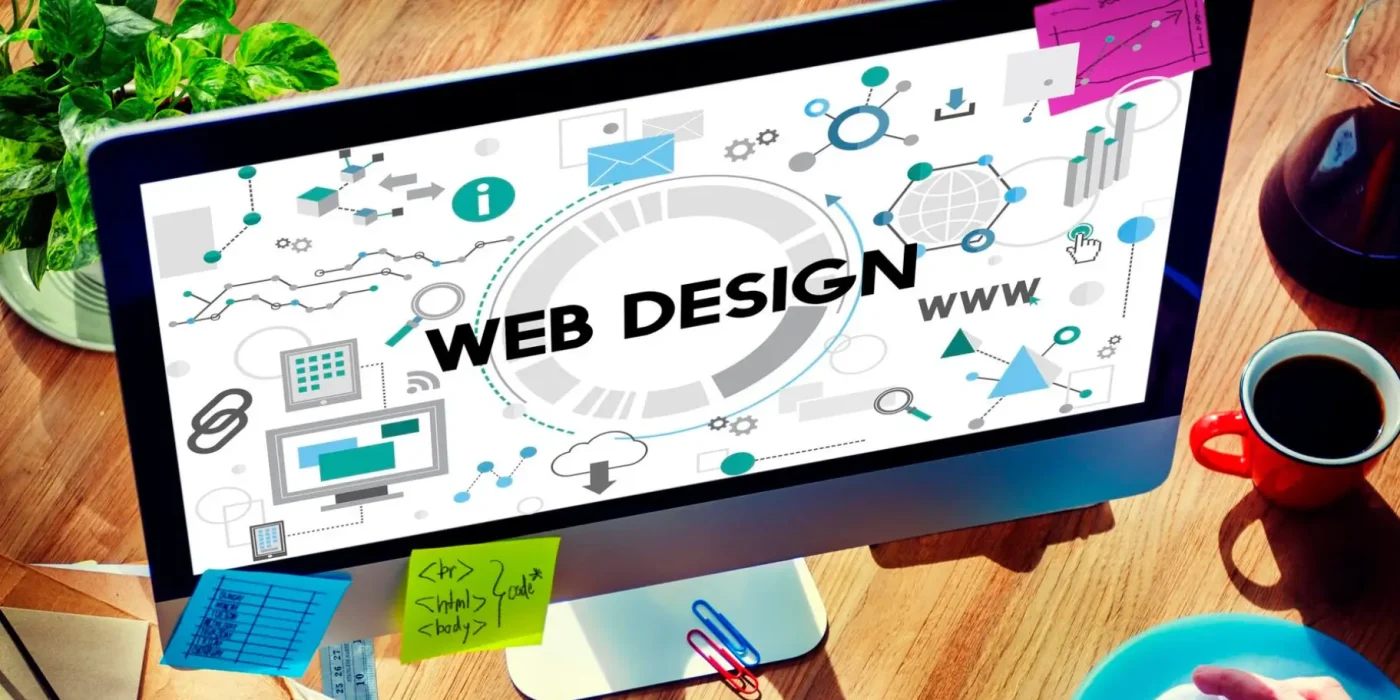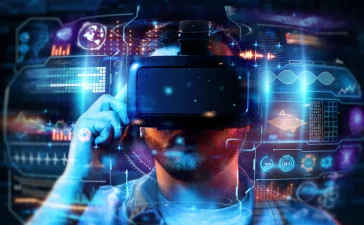The web has transformed from a simple platform for sharing information into a dynamic ecosystem that powers business, communication, entertainment, and innovation. Over the past three decades, technological advancements have revolutionized how people interact with the internet, making it central to everyday life. As society continues to evolve, so too does the web—adapting to new challenges and opportunities in areas such as artificial intelligence, cybersecurity, cloud computing, and immersive experiences.
This article explores the key trends shaping the future of web technology and their implications for businesses, developers, and users worldwide.
The Evolution of the Web
The history of web technology is often categorized into three distinct stages:
-
Web 1.0 (Static Web): In the 1990s, the internet was primarily a collection of static websites. Users consumed information but had little opportunity to interact.
-
Web 2.0 (Social Web): The 2000s ushered in user-generated content, social media, and interactivity. Platforms like Facebook, YouTube, and Twitter transformed users from passive readers into active participants.
-
Web 3.0 (Decentralized Web): Today, the web is shifting toward decentralization, blockchain technology, and user empowerment. Web 3.0 promises greater data privacy, digital ownership, and peer-to-peer interactions without intermediaries.
Understanding this evolution is key to anticipating future developments and adapting strategies accordingly.
Artificial Intelligence and Machine Learning
AI is one of the most significant drivers of web technology today. From personalized recommendations on e-commerce sites to advanced chatbots and virtual assistants, AI is enhancing user experiences across the digital spectrum.
For businesses, machine learning algorithms provide valuable insights into customer behavior, enabling targeted marketing and predictive analytics. In web development, AI-powered tools can automatically generate code, test applications, and even design user interfaces.
As AI becomes more integrated into the web, ethical concerns—such as bias, transparency, and data privacy—must also be addressed. Companies that use AI responsibly will gain trust and competitive advantage.
The Rise of Progressive Web Apps (PWAs)
Progressive Web Apps are bridging the gap between websites and mobile applications. PWAs combine the accessibility of a website with the functionality of a native app, including offline access, push notifications, and faster loading times.
For businesses, PWAs offer cost savings by reducing the need to build separate mobile and desktop apps. Users benefit from a seamless experience across devices without requiring large downloads.
As mobile usage continues to dominate internet access, PWAs are poised to become the standard for delivering efficient, user-friendly digital experiences.

Cloud Computing and Edge Technology
Cloud computing has become the backbone of modern web infrastructure. By storing data and running applications on remote servers, businesses can scale quickly, reduce costs, and ensure reliability. Services like Amazon Web Services (AWS), Microsoft Azure, and Google Cloud are now essential for startups and enterprises alike.
However, the next frontier is edge computing—processing data closer to the user rather than in distant data centers. This reduces latency, enhances real-time capabilities, and is crucial for applications such as autonomous vehicles, IoT devices, and augmented reality.
The combination of cloud and edge technologies is creating a more distributed, responsive, and powerful internet.
Cybersecurity Challenges
As web technology advances, so do cyber threats. Hackers exploit vulnerabilities to steal data, disrupt services, and undermine trust in digital platforms. The rise of ransomware, phishing, and data breaches has made cybersecurity a top priority for businesses and governments.
Modern solutions include multi-factor authentication, biometric verification, and AI-driven threat detection. Additionally, blockchain technology offers promising applications for secure transactions and identity verification.
For users, digital literacy is equally important. Understanding basic security practices—such as using strong passwords and avoiding suspicious links—helps create a safer web environment for all.
The Internet of Things (IoT)
IoT is transforming everyday objects into connected devices that communicate through the web. Smart homes, wearable devices, and industrial sensors are just a few examples of IoT’s impact.
For businesses, IoT enables data-driven decision-making, predictive maintenance, and enhanced customer experiences. In healthcare, IoT devices monitor patient health in real time, while in logistics, they optimize supply chain efficiency.
However, IoT also raises concerns about privacy, data overload, and security vulnerabilities. Balancing innovation with protection will be essential as billions of devices come online.
Immersive Technologies: AR, VR, and the Metaverse
Immersive experiences are redefining how people interact with the web. Augmented Reality (AR) overlays digital content onto the physical world, while Virtual Reality (VR) creates fully immersive environments. Together, they form the foundation of the emerging metaverse—a digital universe where users can work, play, and socialize in virtual spaces.
Businesses are exploring metaverse opportunities for virtual events, digital storefronts, and remote collaboration. Education, too, is being transformed through immersive simulations that enhance learning.
While still in early stages, immersive technologies have the potential to create entirely new economies and social interactions online.
The Push for Sustainability in Web Technology
As digital infrastructure grows, so does its environmental footprint. Data centers consume vast amounts of energy, contributing to global carbon emissions. This has led to increasing pressure on tech companies to adopt greener practices.
Solutions include renewable energy integration, efficient coding practices, and sustainable hardware design. For example, major cloud providers are committing to carbon neutrality and investing in clean energy.
Users also play a role by supporting companies that prioritize sustainability. A greener web not only benefits the planet but also enhances brand reputation and long-term resilience.
Accessibility and Inclusivity
The web should be a space for everyone, yet millions still face barriers due to disabilities, language differences, or lack of digital skills. Inclusive web design—featuring screen reader compatibility, multilingual support, and intuitive navigation—is becoming a necessity rather than an option.
Governments and organizations are introducing regulations to ensure digital accessibility. Businesses that embrace inclusivity not only expand their audience but also demonstrate social responsibility.
As technology evolves, ensuring equal access will remain a central challenge and opportunity for developers and companies alike.

Conclusion
The web and technology are evolving at an unprecedented pace, reshaping how people live, work, and connect. From AI-driven personalization to immersive metaverse experiences, the future promises exciting innovations that will transform industries and societies.
However, progress must be balanced with responsibility. Cybersecurity, sustainability, and inclusivity are not optional—they are critical for building a digital landscape that benefits everyone. Businesses, developers, and users all share a role in shaping this future.
As we stand on the cusp of Web 3.0 and beyond, one thing is clear: the web is no longer just a tool, but a vital ecosystem that will continue to define the trajectory of human progress in the digital age.





